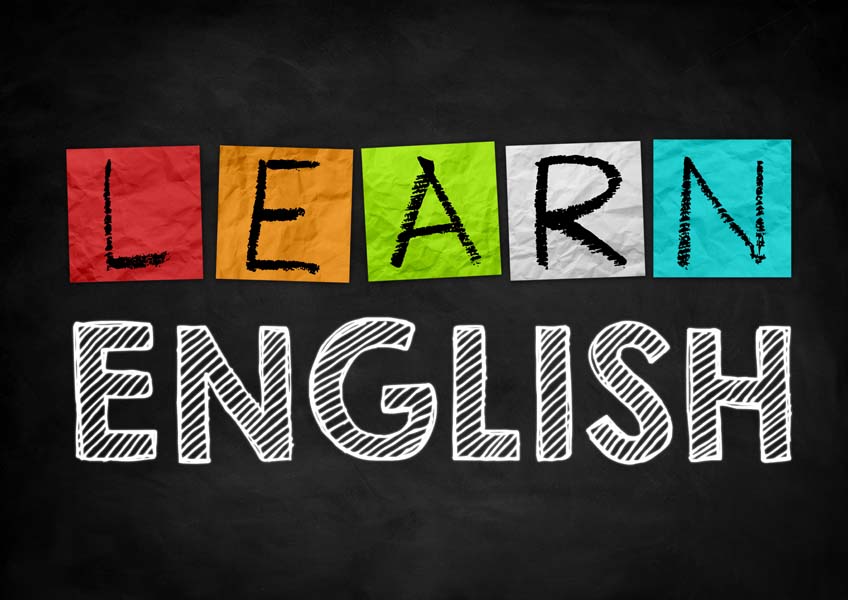Companies that compete in the global business space rely on translators to overcome language barriers and reach a wider audience. However, companies often make common translation mistakes that can lead to disastrous results.
These mistakes usually come down to how a company manages the translation process. In this post, we’ll highlight five common translation mistakes that businesses make and how to avoid them.
Here Are 5 Translation Mistakes Companies Should Avoid
#1 Rushing Through a Translation
Many people don’t realize that translating a document isn’t as simple as re-writing it in a different language.
Translating professional documents – especially highly technical documents – takes time.
Experienced translators may need to generate an initial translation as a “rough draft.” They’ll re-read the draft to assess grammar, word choice, and overall readability.
A translator may even suggest re-working portions of the original text to better convey the intended message, which could require additional collaboration.
Reaching out to a translator early on in the process can help tremendously. Explain the size and scope of the project and any specific needs you have so your team can give the translator enough time to finish their work.
#2 Prioritizing Cost Over Quality
When it comes to translations, it’s true that you get what you pay for.
The best translators have mastered multiple languages through years of practice and experience, and they won’t offer those top-tier skills to clients who aren’t willing to pay for them.
Companies should budget for professional translation services up front and shop around for the best quality rather than the best price.
#3 Starting With Bad Content
A translation can only be as good as the original text.
Companies that fail to provide a well-written document will inevitably encounter problems during the translation process.
Invest in experienced copywriters who can draft documents using clear, concise language that is easy to translate. Also, always proofread documents before sending them to a translator.
#4 Not Considering Cultural Context & Meaning
Even translations that are technically correct can miss the mark with native speakers.
Sometimes translation fails can be pretty funny, but they’re more likely to make your company look incompetent.
That’s why it’s important to work with a quality, experienced translator.
The best translators are familiar with your target audience and its culture. They can assess a message for accuracy as well as cultural appropriateness so you avoid making any cringe-worthy mistakes.
#5 Not Sharing Enough Background Information
A translator may not be an expert in your specific industry, so they may need additional resources to help them understand the content they’re translating.
Ask your prospective translator if they’re familiar with the content that needs to be translated – especially if there are a lot of technical terms or industry jargon.
Companies should provide reference materials and background information so the translator has everything they need to know to effectively capture and convey the message.
Workplace Languages
At Workplace Languages we are not limited to just translation services, we also offer our clients a wide range of corporate language solutions so they can thrive in the international business environment.
If you would like to learn more about Workplace Languages, and how we can help you with your language and translation needs, please contact us here.




